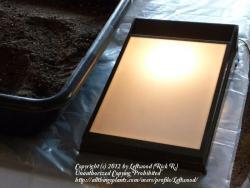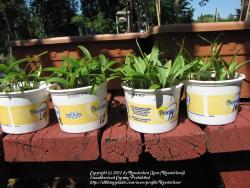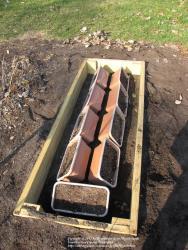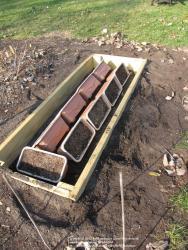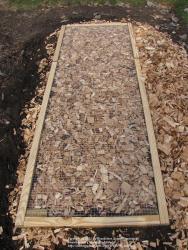A danger just as great, I think, is that the moisture may have started seed germination... and then they dried out, so then would be dead. Blue molds usually don't hurt larger bulbs, just gently wash it off and dry thoroughly. I'm not sure how bad it would be with seeds/seedlings. Commonly I will get blue molds, eventually, on nonviable seed that I try to germinate in baggies. But I have never had it appear on live seed that has plumped up. I'm not sure how applicable this is to your situation, Brian. If it were me, I'd just toss them, too. But it would be interesting to see, as an experiment, what happens if you try to germinate them baggie style. There are obviously lots of mold spores present in the dry seed now. would the mold get them before viable seed plumps? Or would you get viable plumping seed amongst a plethora of mold?
When I candle seeds with my light box*, I used to do it with a misting bottle of water handy. Sometimes the air is so dry, and coupled with the heat from the light bulb beneath the "view screen" and perhaps some ionic charges from the light bulb itself, static electricity would build up and make handling the paper like seeds difficult. A short spritz of mist a couple feet above and letting it gently settle around the seeds neutralized the static problem. After candling, the good seed (and questionable seed) all went back into their individual little 2x3 inch ziplock baggie for storage. I was always careful to make sure the seeds weren't getting wet, or so I thought. A few days later I was preparing to plant some of them, and discovered that one seed had germinated!
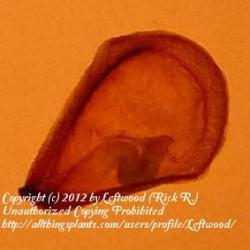
Methods have changed since then. I don't want that to happen again! But if there was enough moisture for mold, I'd think it would be enough to begin germination. too.
* My light box is really a toy tracer from when I was a kid.

